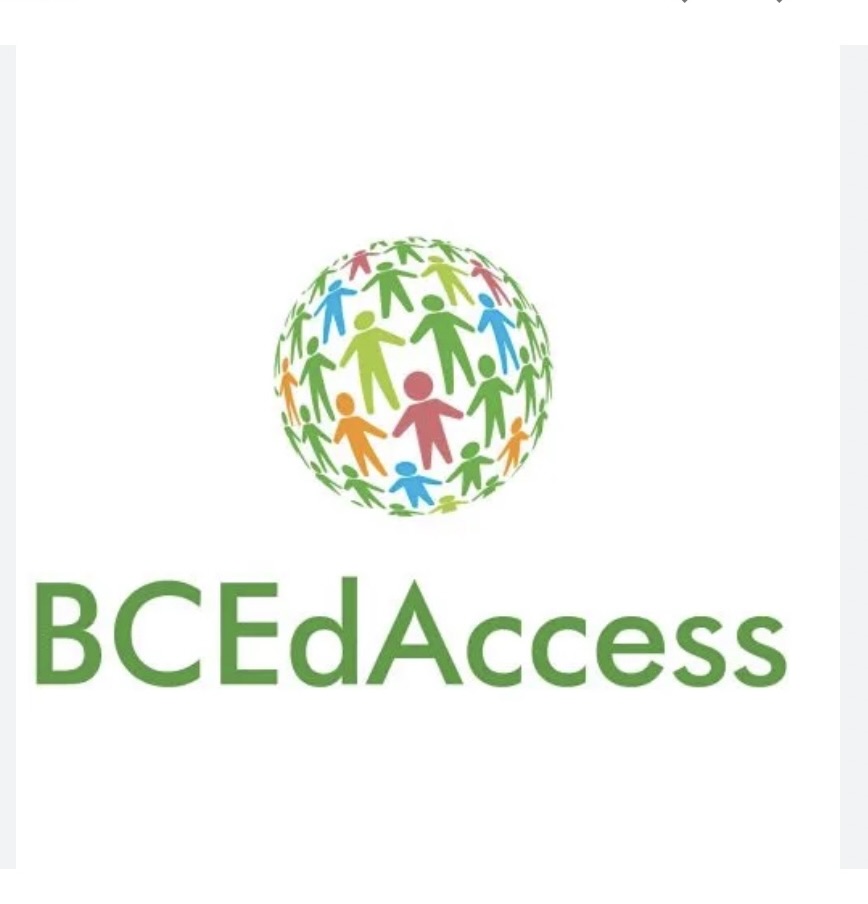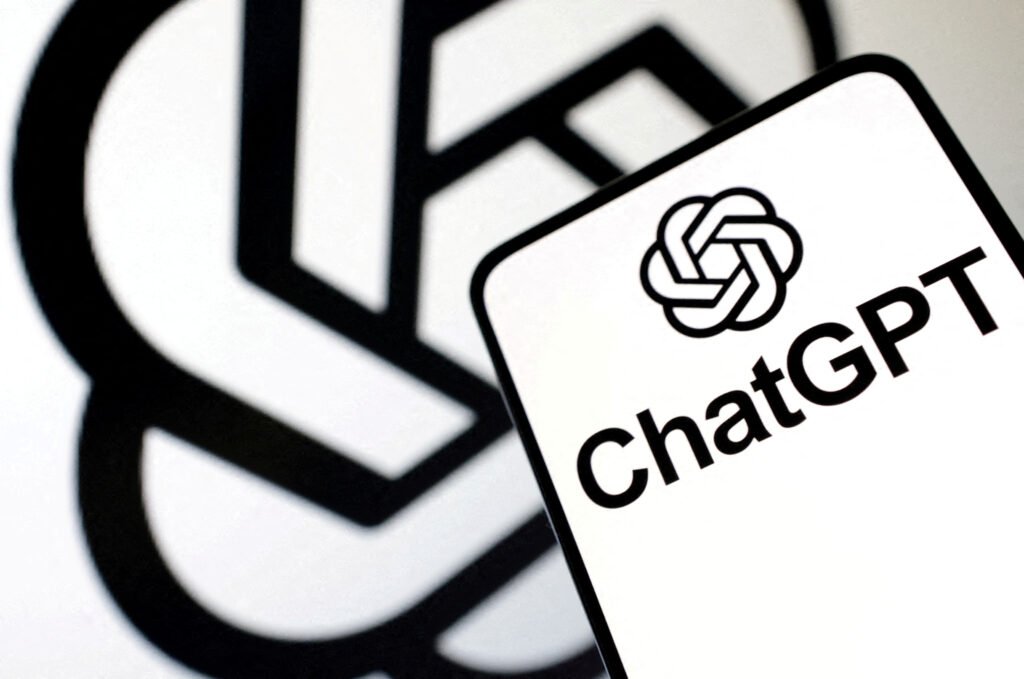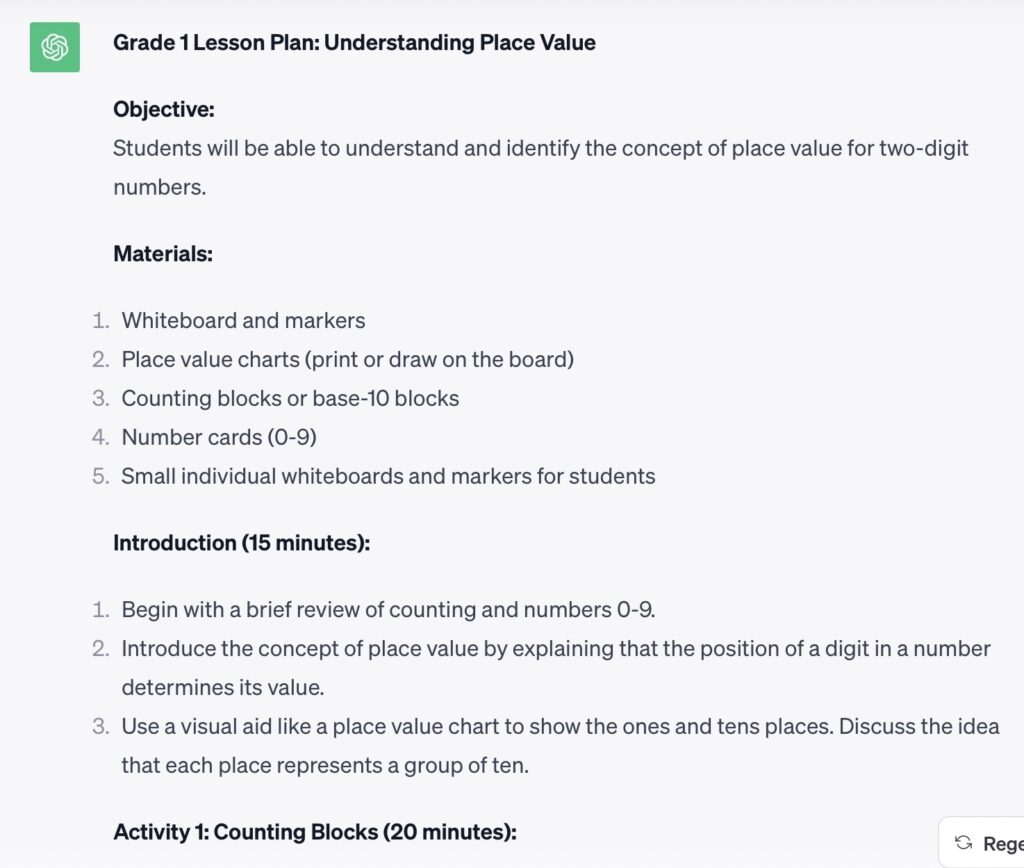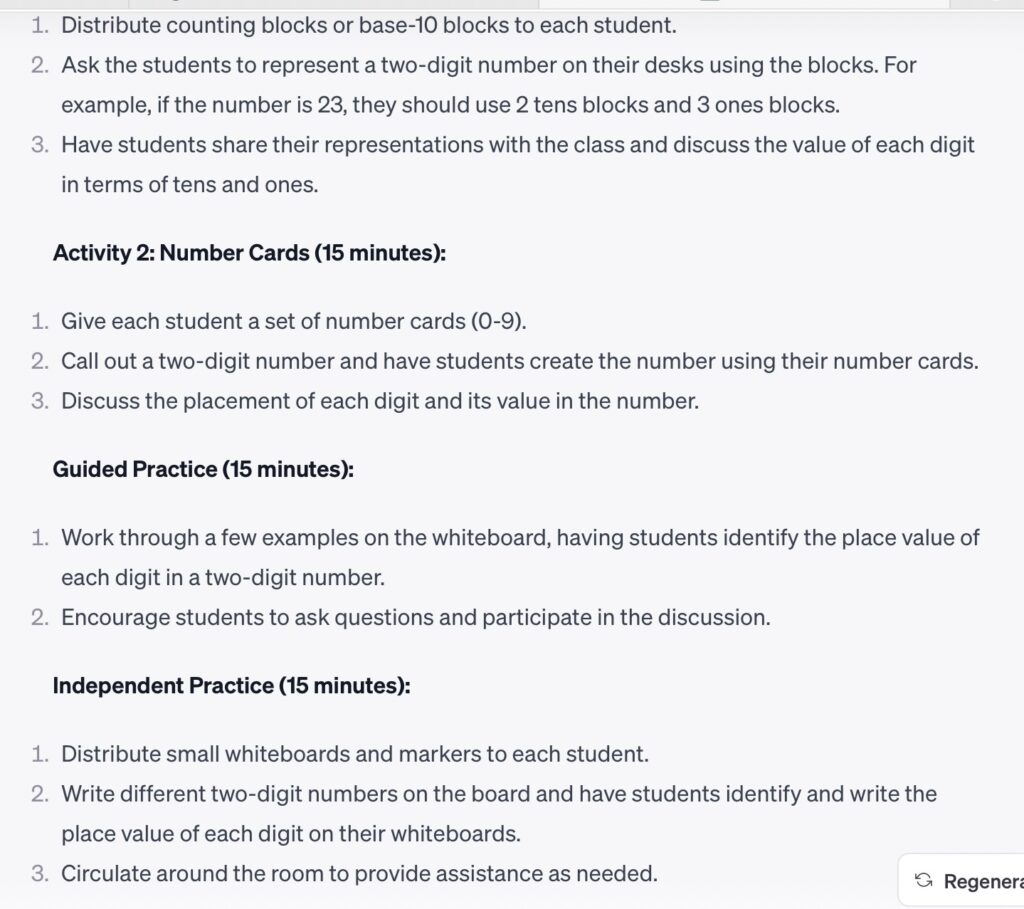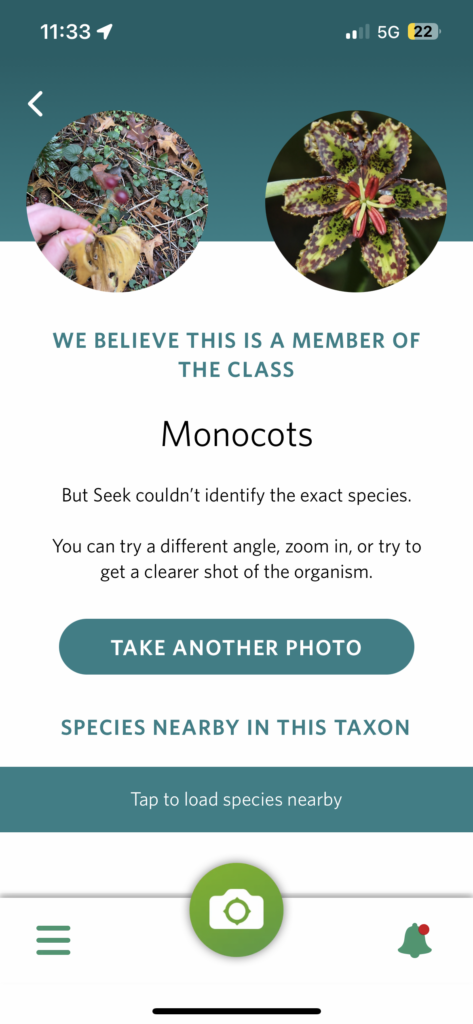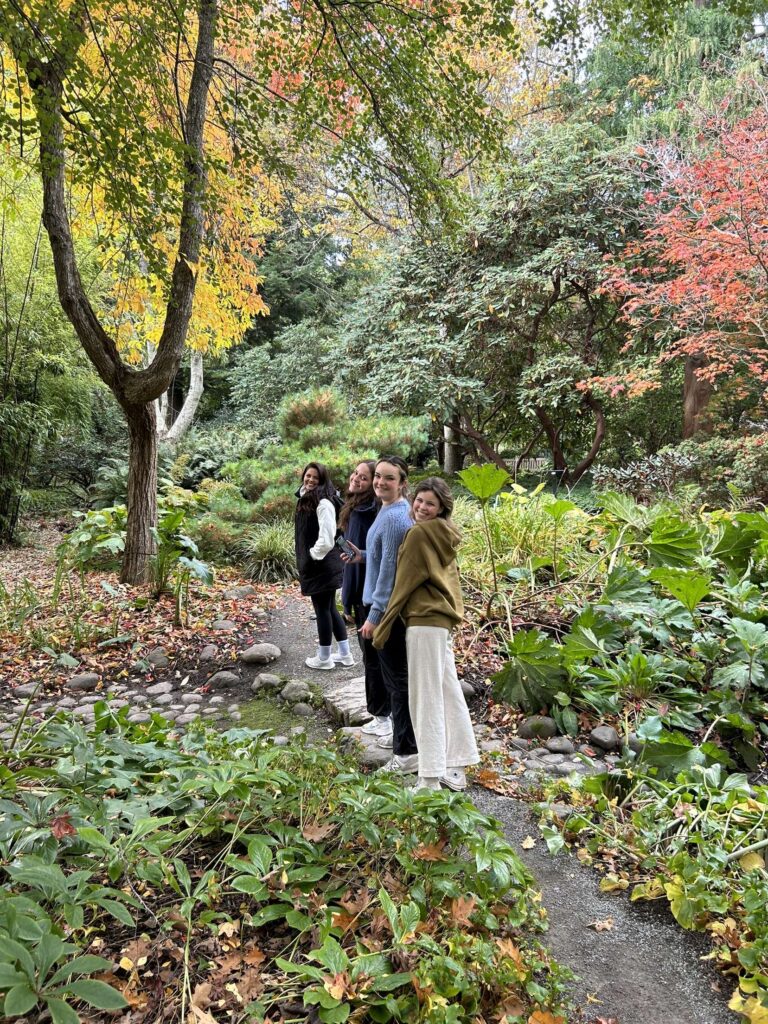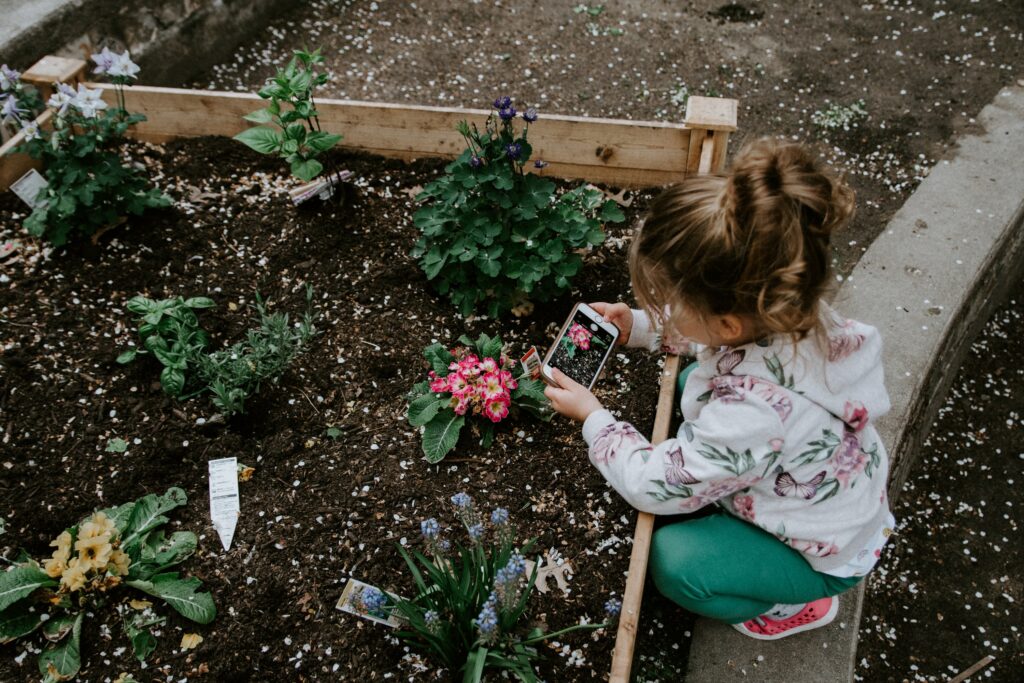This week in class we had the chance to watch everyone’s group inquiry project presentations. I really enjoyed seeing all the different ways people played out their projects and findings including podcasts, videos, slideshows or infographics. The way these presentations worked was a little different that the typical school presentations. Usually, groups would present the actual final product, whatever it my be. Instead of doing this, we all got to speak about the process and how we completed our projects. My group used a group-chat on the app WhatsApp to communicate. We planned dates to meet either in person or virtually, share documents and send resources and ideas. This group chat worked quite well as it only requires a phone number which made things easy. Our topic was movement break videos and how implementing them in a classroom would work. We found a lot of resources on YouTube and concluded with a few main points:
- Benefits: Some benefits of movement break videos are getting heart rates up, realizing bottled up energy, increasing mood in the class and implementing physical activity in a classroom routine.
- When to use it: Videos like this can be used in different scenarios. Either when a class is feeling squirmy, energetic and unfocused or when a class is feeling tired, low energy or grumpy. As the teacher, get a feel for the energy the room and decide what would best suit the group at that time.
- Limitations: Some limitations include YouTube ads/suggested videos, student mobility challenges or lack of space. Some ways to combat this would be going full screen on YouTube, setting up the video before hand to avoid ads, moving chairs/desks out of the way and using seated moving break videos to keep it inclusive.
- Genres: Some genres are dance, cardio, video game, meditation, yoga and dynamic exercise. Try different ones and see which is the best fit!
